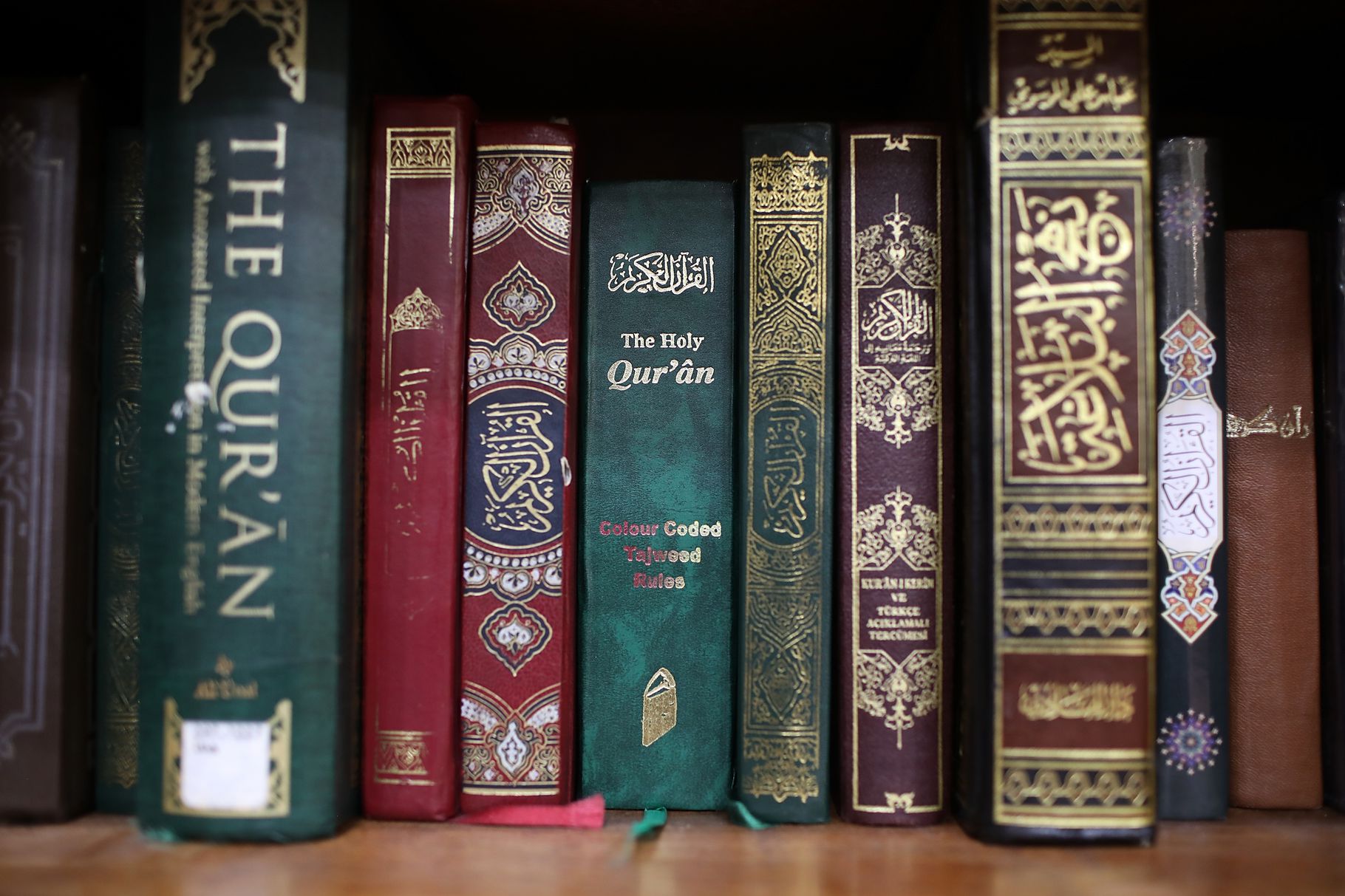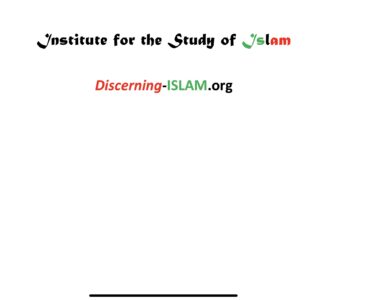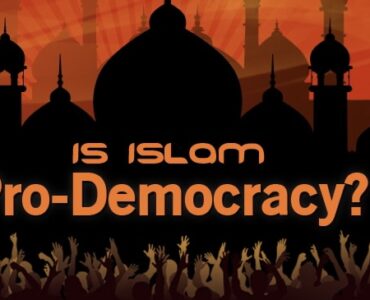
Afterlife
The reality of the afterlife is integral to the Islamic views of both the individual life cycle and the flow of human history. It is also the basis for the structure of ethical responsibility in Islam: one’s condition in the afterlife, felicitous or painful, is determined by the degree to which one has affirmed the unity and justice of God and, because of that affirmation, has acted with justice and mercy toward one’s fellows.
In the sociocultural context ns final resting place, good or ill, none is more graphic than the Qurʿānic description in surah 9:19–31 of the accounting of one’s book of deeds. The person who is given his or her book in the right hand is destined for a blissful condition. But woe to the one to whom it is given in the left hand, for that person will be seized and bound and exposed to the burning of the fire.
Hell And Paradise
Many of the details of the fire and the gardens are reminiscent of biblical passages, while some reflect the tone of early Arabian poetry. In general, however, the Qurʿānic images are unique and awe-inspiring. The fire, sometimes referred to as Jahannam (the Arabic cognate of the Hebrew word which is the source of English “gehenna”), is often interpreted as having seven gates, leading to the understanding common to several religious traditions that hell has seven levels. By putting together scattered Qurʿānic passages, one can determine that these gates are intended for different categories of sinners, although there is no consistent picture provided. The bridge of Ṣirāṭ is said to stretch over the levels of the fire; those who have lived good lives pass across this bridge easily, but evildoers find it thin as a razor and plunge from it into the flames below. According to the Qurʿān, the tortures of the fire are fearful — it has crackling and roaring flames, fierce boiling waters, scorching wind, and black smoke. The inhabitants sigh and wail, wretched in their torment, their scorched skins exchanged for new ones so that they can experience the pain again and again; they drink foul liquids in the hopeless effort to assuage their thirst; boiling water is poured over their heads, melting their insides; iron hooks drag them back if they try to escape.
Those whose fate is happier find themselves in the gardens of paradise. The Qurʿān identifies clearly those who are destined to enjoy this bliss: they do no evil but only good works; they are dutiful, truthful, contrite, and penitent; they feed the needy and orphans; and they have faith in the revelations of God. While there is no indication of seven levels in the garden — in fact, some commentators have argued that the Qurʿān suggests four — later tradition has come to suggest a sevenfold division to parallel that of Jahannam. In any case, the descriptions of life in the garden are as graphic as those of the’ tortures of the damned. The faithful there are peaceful and content, enjoying gentle speech, pleasant shade under dark green foliage, fruits, cool drink, and meat as they desire. They are treated to delicious wine from a shining stream from which they will suffer no ill effects. They recline on couches, adorned in armlets of gold and pearls and wearing green and gold robes of embroidered silk, waited on by menservants.
Among the pleasures afforded to the male inhabitants of the garden are the ministrations of the houris, young virgins said to have eyes like precious pearls. Some commentators have attempted to identify the houris with the wives of believers, but there is no Qurʿānic justification for such an equation. Later traditions elaborated greatly on the descriptions and functions of the houris, who have been the subject of derision by some Western critics of Islam. The traditions also added a myriad of detail to the Qurʿānic descriptions of the joys of paradise, including such things as choirs of angels singing in Arabic, the ability of the inhabitants to eat and drink one hundred times more than their bodies would normally hold, Friday market days where they can buy new apparel to make themselves more beautiful, immunity to bodily ailments, and eternal youth.
Responsibility And Judgment
A range of theological issues has been addressed by those who have contemplated the reality of human responsibility and divine judgment. One is the difficult dilemma of individual freedom versus the recognition of divine omnipotence and omniscience, generally couched as the issue of free will versus predestination. Another is the matter of God’s justice in balance (or tension) with God’s mercy. The Qurʿān makes it clear that justice decrees that those who are in the fire will remain there eternally; later commentary has softened that reality by interpreting it to mean that they will remain only as long as the fire itself lasts, and that God in his mercy will at last bring all souls back into his presence in paradise.
One matter about which there has been considerable difference in interpretation throughout the history of Islamic thinking is whether the details of the process of resurrection and judgment — as well as the Qurʿānic descriptions of life in the abodes of recompense — should be understood literally or symbolically. It is clear that for the great mass of the faithful the particulars given in the sacred scripture, and often those added by eschatological narratives, are to be taken at face value. Certainly in terms of exegesis of the Qurʿān, this has also been the position of Muslim traditionalists over the centuries, with the exception of some who have written from a more mystical orientation. Many recent exegetes and commentators, however, have attempted to see the details of these descriptions of the afterlife as metaphorical and symbolic rather than literal and factual; their interpretations have often been influenced by Western rationalism.
The Afterlife As Metaphor
The fact is that until recently, most Muslims writing about Islam over the past century have not dealt in much detail with the subject of the afterlife as such, choosing rather to affirm the reality of human accountability and of the day of judgment with little elaboration of the specific consequences of that judgment. They stress rather the linkage between this world (al-dunyā) and the next (al-ākhirah), and focus on the importance of ethical achievement in the present. Those who do comment on the afterlife tend to treat the subject under several different rubrics. Some follow the general pattern of the traditionalists of past centuries, repeating the details that have been outlined above and affirming the writings of earlier scholars as definitive and valid. Others discuss both the barzakh and the afterlife in light of contemporary concerns with such issues as reconciling the Qurʿān with modern scientific discoveries, supporting the idea of continuing human development, and reaffirming the Qurʿānic emphasis on individual and corporate ethical responsibility. Still others, writing primarily in the early and middle part of the twentieth century, have been deeply influenced by movements of Western spiritualism; particularly in their elaboration of the period between individual death and resurrection, they have tried to adapt to the Islamic context some of these notions concerning the world of the spirits and the activities of the immediately deceased.
Modern Interpretations
In the more recent writings it is often difficult to make the distinction, possible in earlier materials, between discussions of the immediate period after death and those dealing with the time after resurrection. Even the classical distinction between dīn (religion, faith) and dunyā (the world) can become blurred precisely because of the recent emphasis on the continuity of life in this world with that of the next, and the direct cause and effect on which contemporary authors want to insist between what is done now and the consequences of such action for the future life. The signs of ethical decay portending the coming of the day of resurrection, which the traditions spell out more clearly than the Qurʿān, are often broken ht to bear in an analysis of what is perceived as the moral degradation of modern society. Less frequently, the interpretation is positive rather than negative, suggesting that humans have made such progress in the advancement of civilization that the day of resurrection must certainly be near.
One issue that has engaged a number of twentieth-century writers is the way in which the resurrection of the body is to be understood. Some deny that this can be a physical resurrection, much as the early Meccans scorned the idea when it was first preached by the Prophet. Others argue that as God has created once he will be able to create again, underscoring the divine power and will. Sometimes the findings of modern science and medicine are called on as proof of the resurrection of each individual intact: as we know that foreign cells are rejected by the human body, so the resurrected body will reject anything that was not originally of its own constitution. One prominent line of interpretation insists that the resurrected body will have affinities with the original one, but that it will be essentially different from it as the afterlife is essentially different from life in this world.
This discussion is extended into an understanding of the nature of the rewards and punishments in the abodes of recompense. A considerable number of twentieth-century commentators have chosen to maintain a kind of middle position between literal (or physical) and allegorical (or spiritual) interpretations of the afterlife. Some say that rewards and punishments are sometimes physical and sensual, and at other times more abstract and spiritual. The suffering of the fire, for example, may at times be a psychological condition. Or it is possible that the joys or sufferings may be at once spiritual and sensual. The great majority of commentators, if they venture to speculate on the nature of afterlife realities at all, acknowledge that the world to come is beyond our clear comprehension precisely because of its differentiation from the present world. They avoid taking sides on the issue of whether afterlife realities are to be understood in literal or allegorical terms and rely on the conclusion that such matters ultimately are known only to God. All that we humans need to know is that the judgment itself is inevitable and that God’s justice will prevail.
One of the strong affirmations of traditional Islam has been that those who earn the felicity of the garden will have as an important measure of their reward the opportunity to gaze on the face of God. Most contemporary writers do not dwell on this possibility in specifics, in part because it engages again the ancient, anthropomorphic question of whether or not God has a face. The literalist interpretation continues to insist on this vision, while others are more esoteric in their understanding. A common theme is that the ultimate reward of a life of obedience is the supreme pleasure in the afterlife of dwelling in the presence of the divine. Vision is interpreted as the finally inexplicable possibility of basking in the radiance of God’s divine oneness, however this is to be understood.
In twentieth-century commentary through the 1970s, then, the primary themes stressed in the interpretation of the afterlife in Islamic thought are that human accountability is inextricably bound up with divine justice; that human action in the context of this world is meaningful only in light of the life of the next; and that the primary reason for any attempt to interpret or explain the afterlife is to provide the rationale and the impetus for moral rectitude in the here and now. For the most part, these have been ingredients in the extensive reinterpretation of Islam by modernists, socialists, liberals, humanists, and secularists. Since the Islamic resurgence beginning in the 1980s, scores of texts have been written by revivalists, especially Salafīs, on the theme of the afterlife. They have used this genre of literature to help enlist people in the Islamist cause. The same familiar images of the abodes of reward and recompense are used, but they now are presented in modern Arabic accessible to the everyday reader. Verbal descriptions accompanied by graphic illustrations and jacket covers warn of the horrors of hell awaiting those who are not working for the Islamization of the world and hold out the hope of eternal bliss for those who are active participants in the Islamist movement.
Afterlife
652 – 005
Last Updated: 06/2021
Copyright © 2017-2021o Institute for the Study of Islam (ISI) | Institute-for-the-study-of-Islam-org | Discerning Islam | Discerning-Islam.org | Commentaries on Islam | © 2020 Tips Of The Iceberg | © 1978 marketplace-values.org | Values In The Marketplace | are considered “Trade Marks and Trade Names” ®️ by the Colorado Secretary of State and the Oklahoma Secretary of State. All Rights Reserved.



